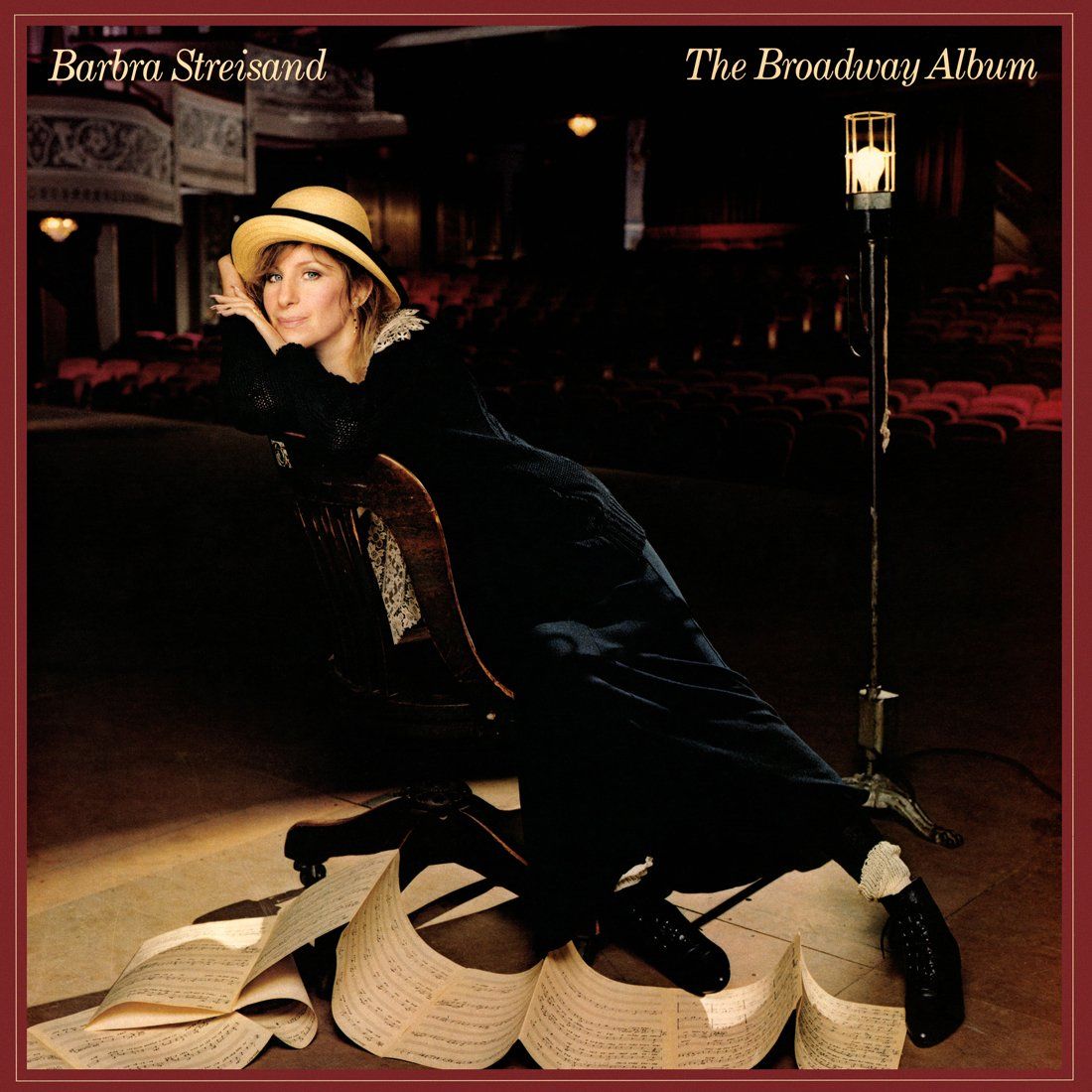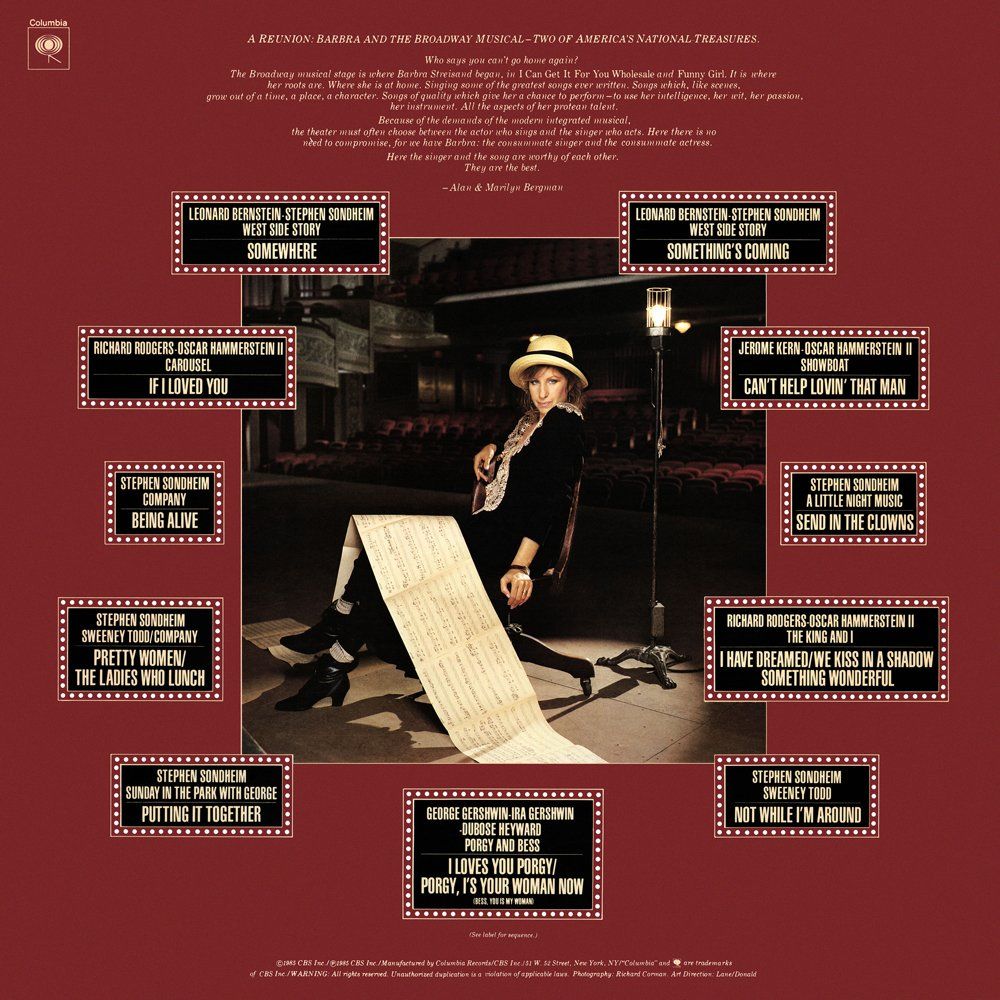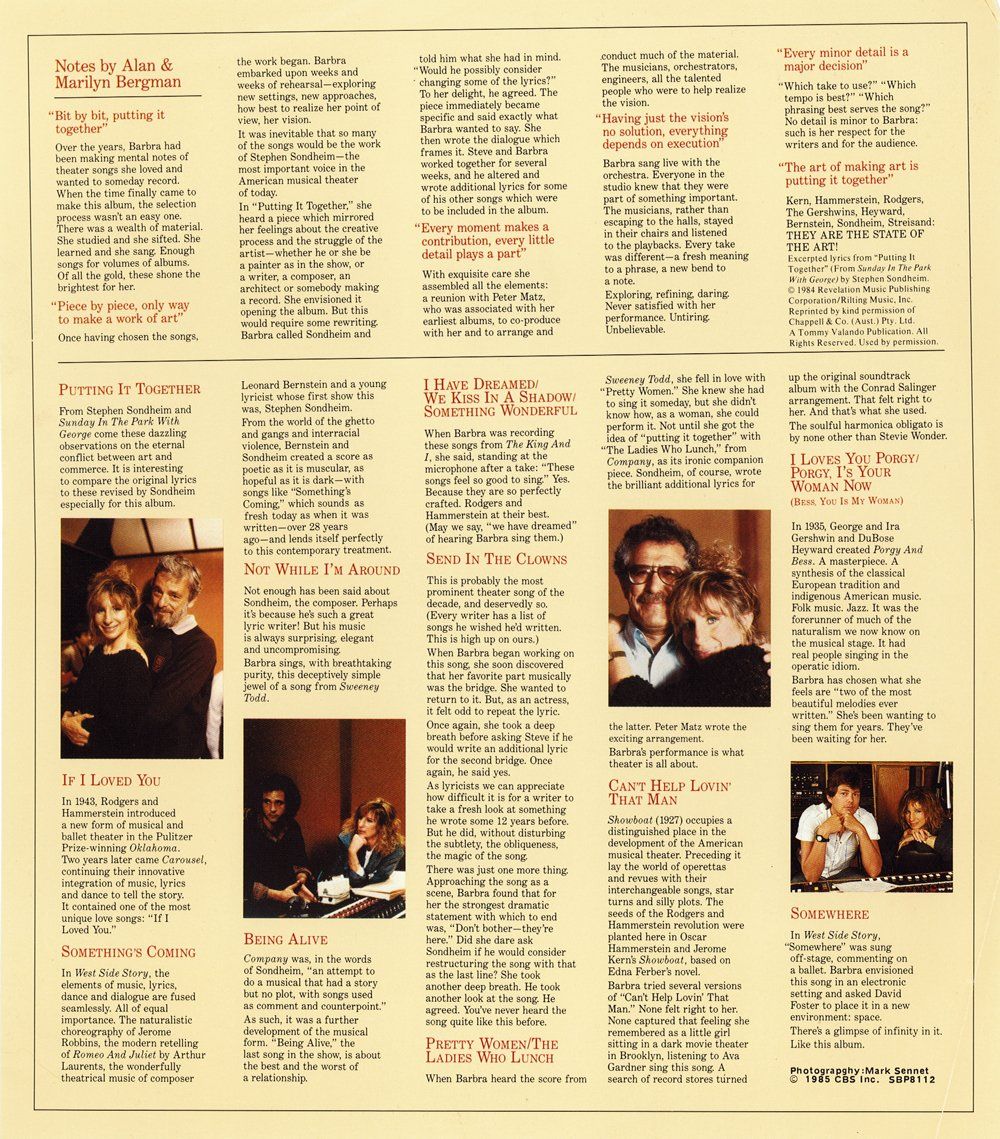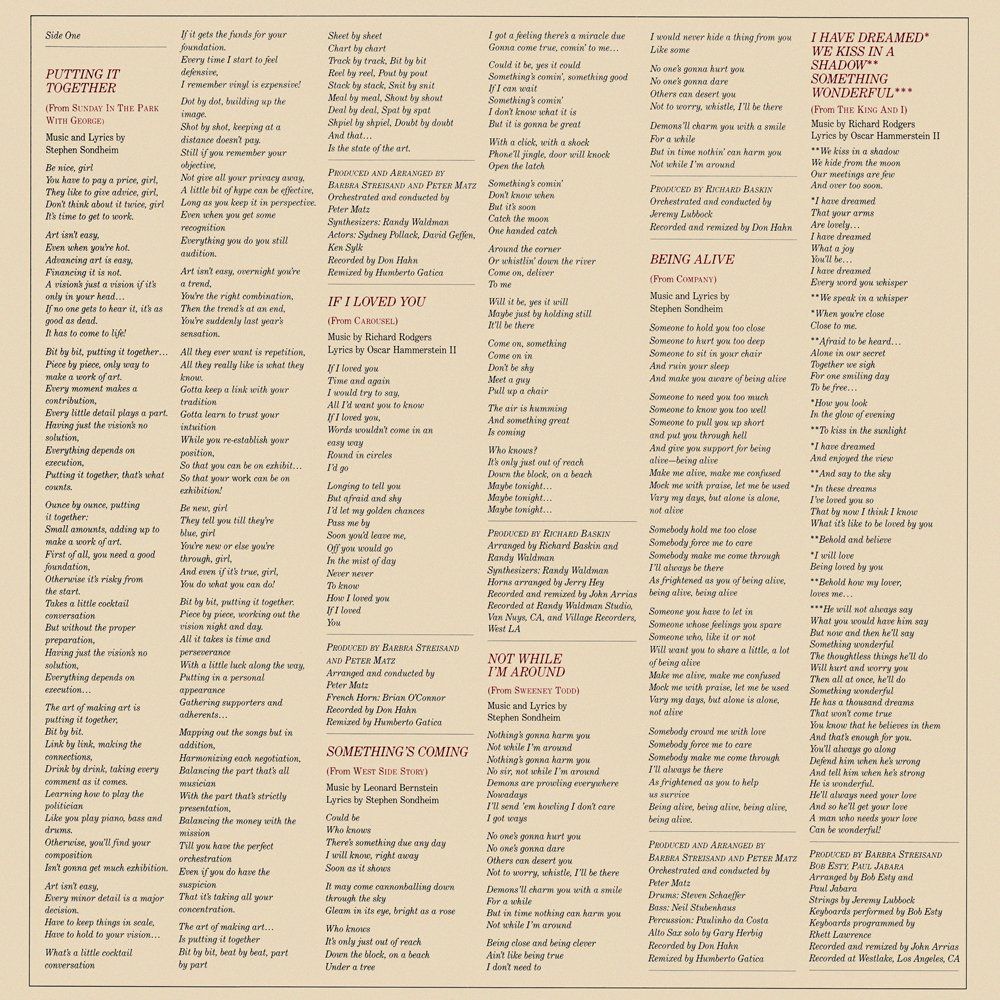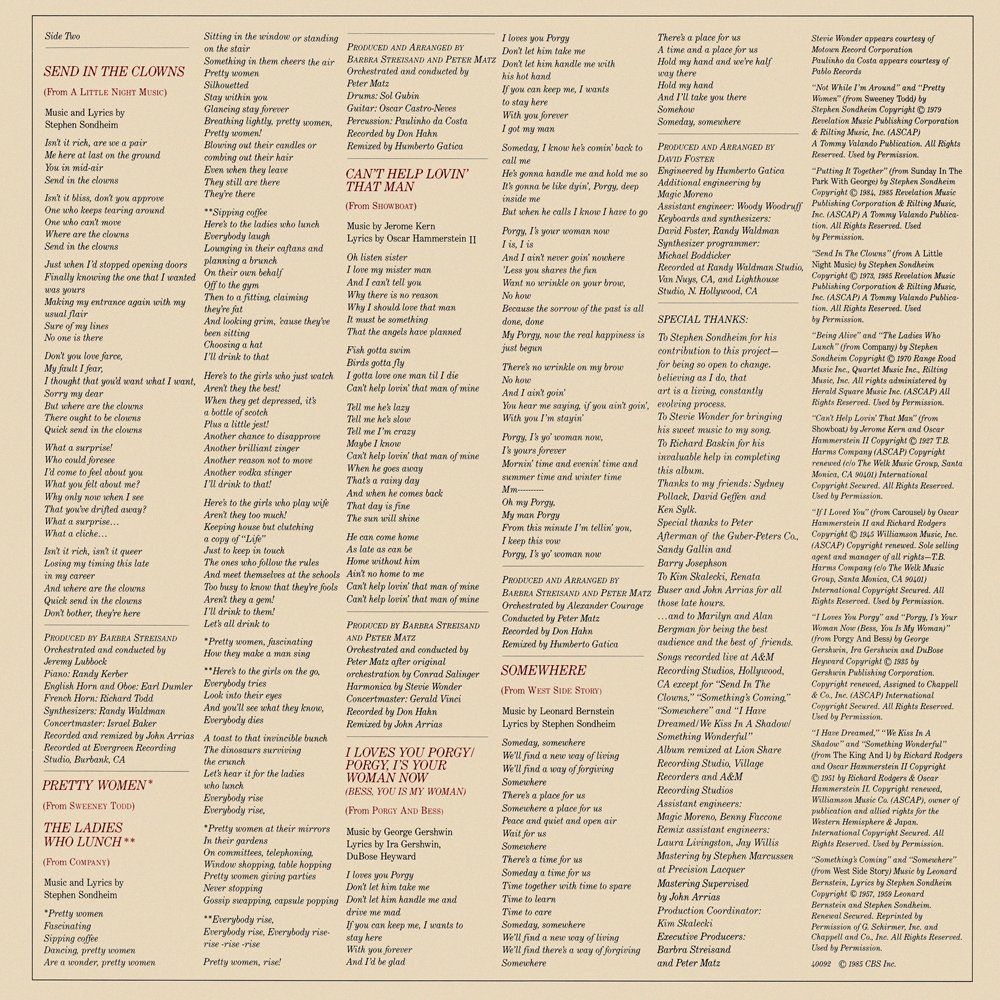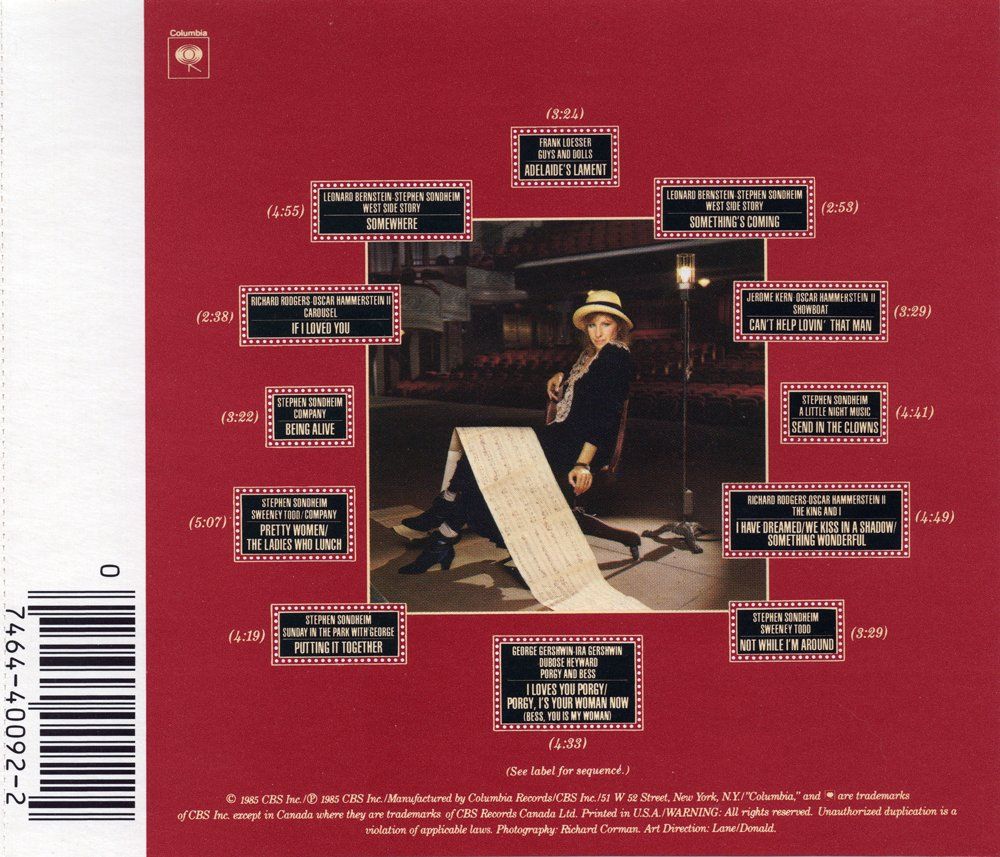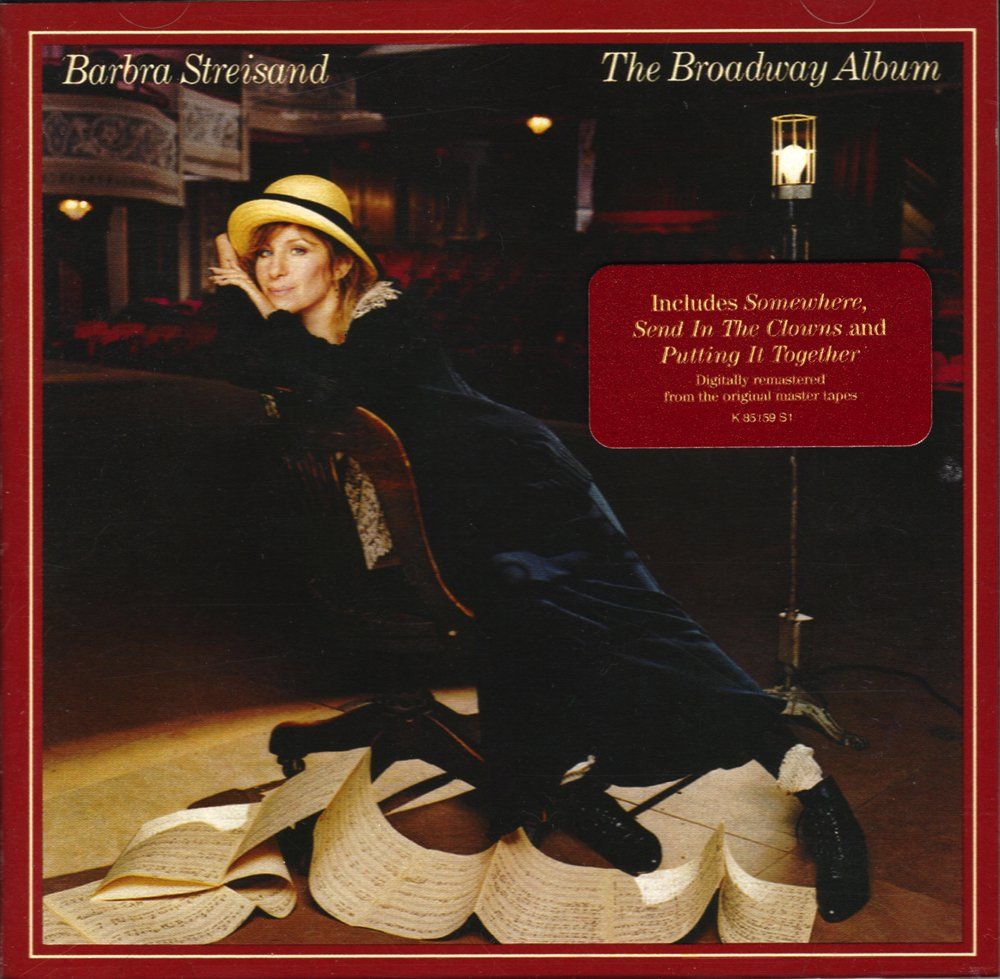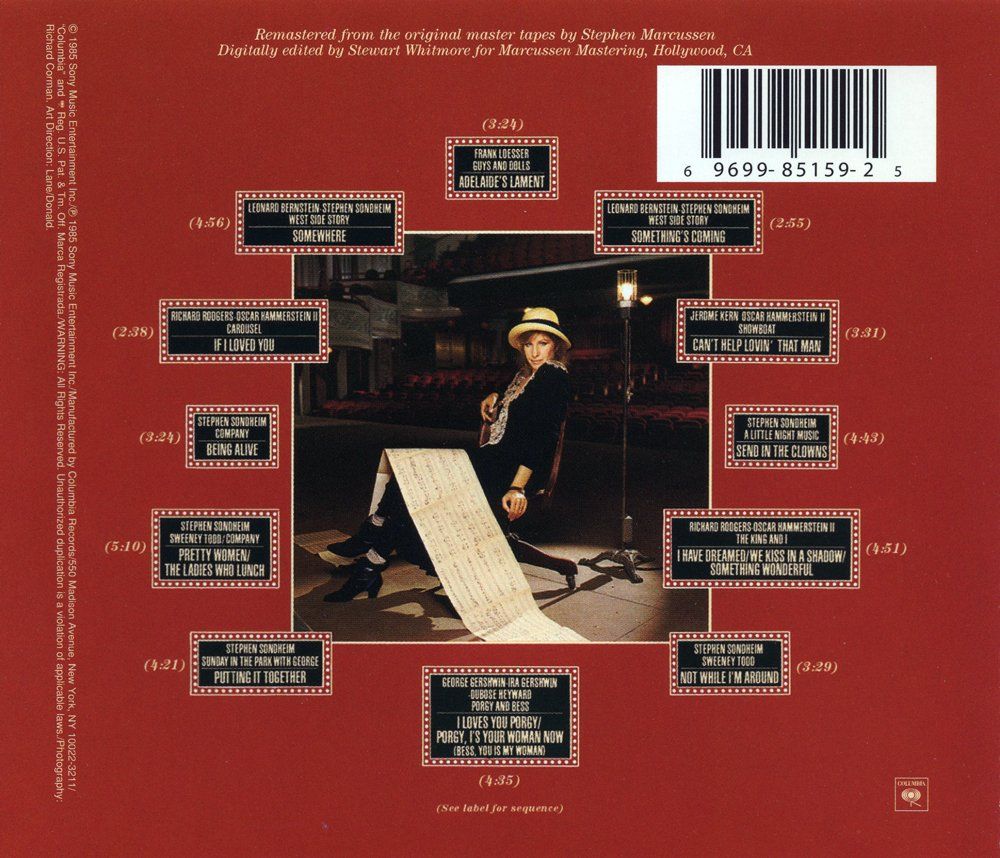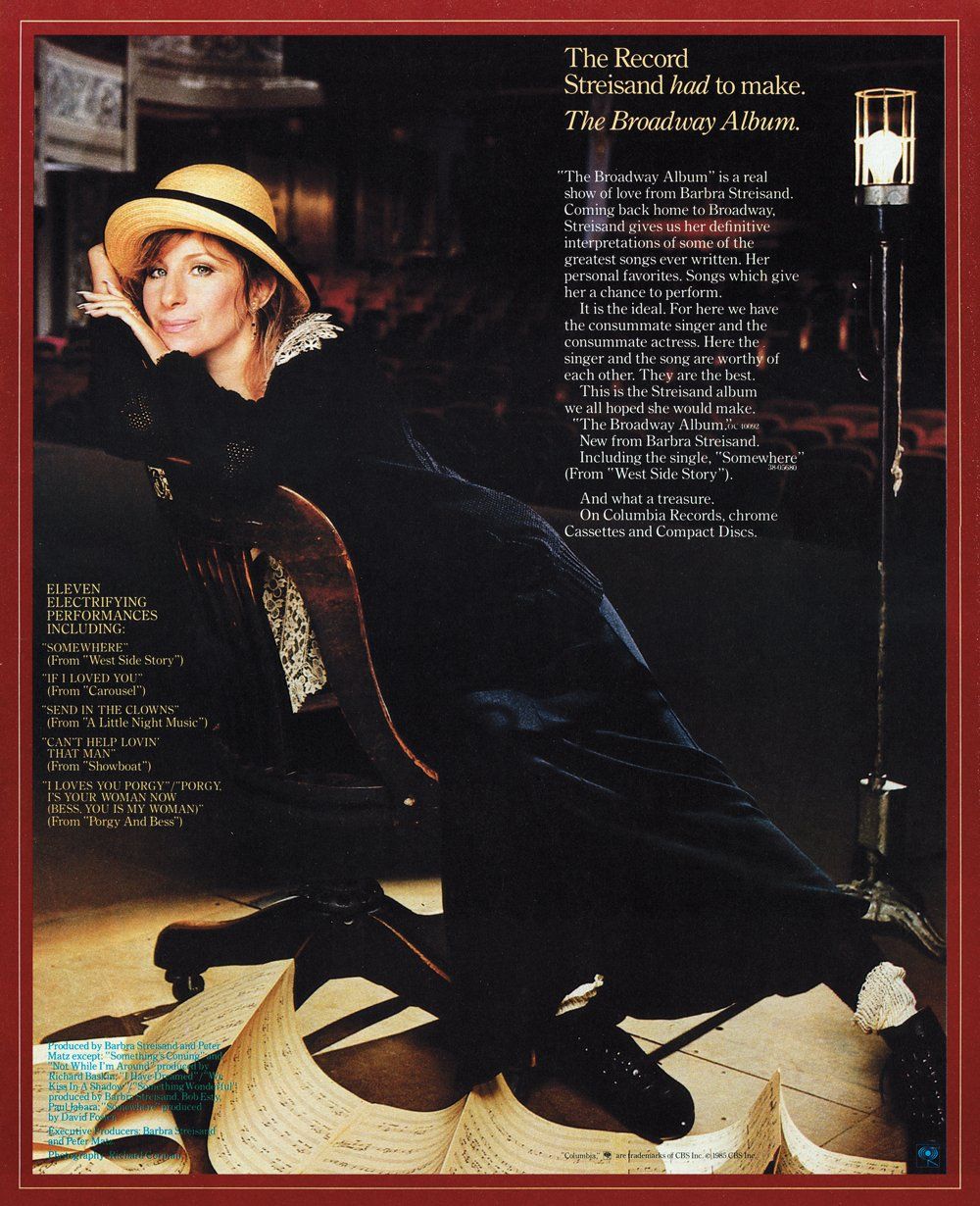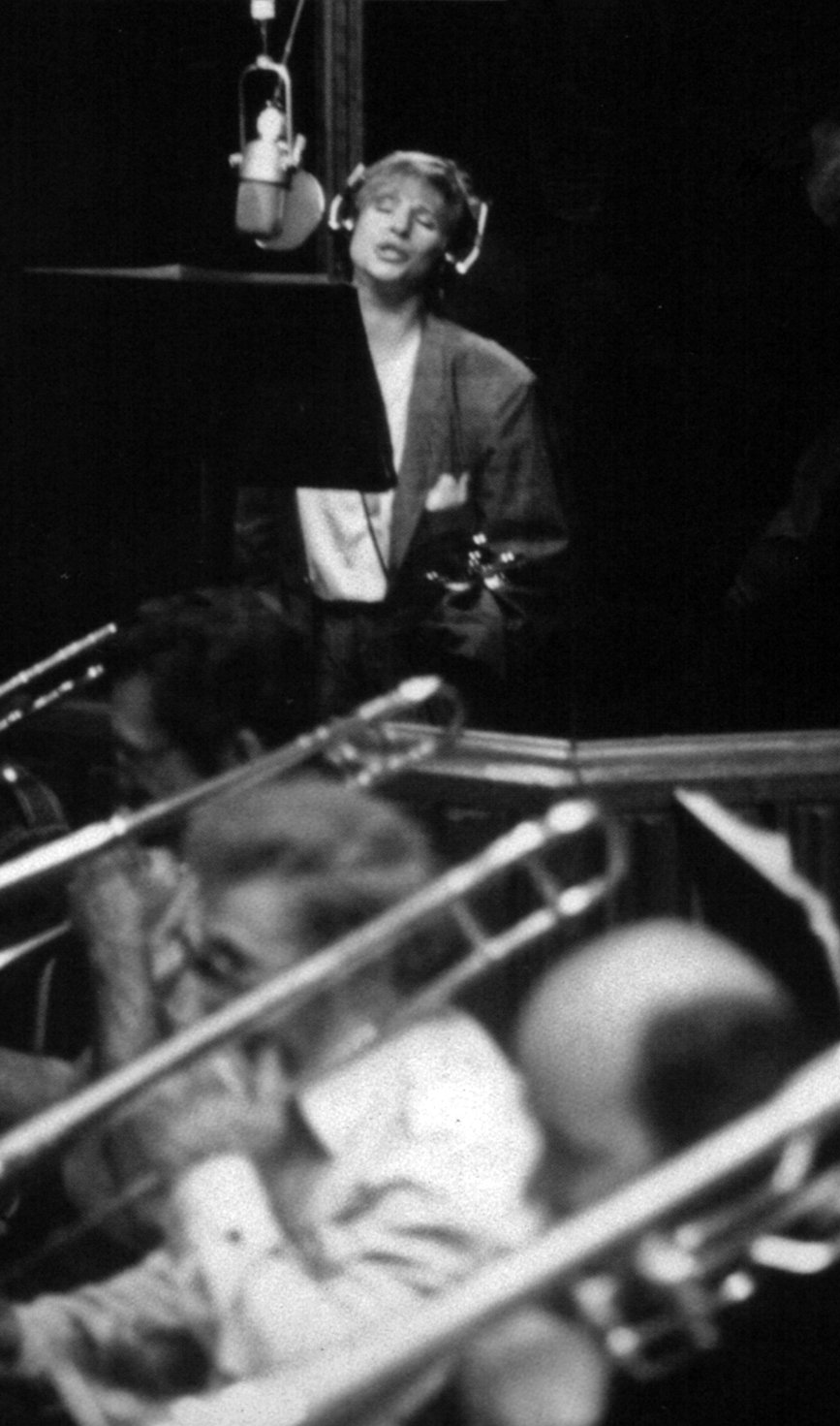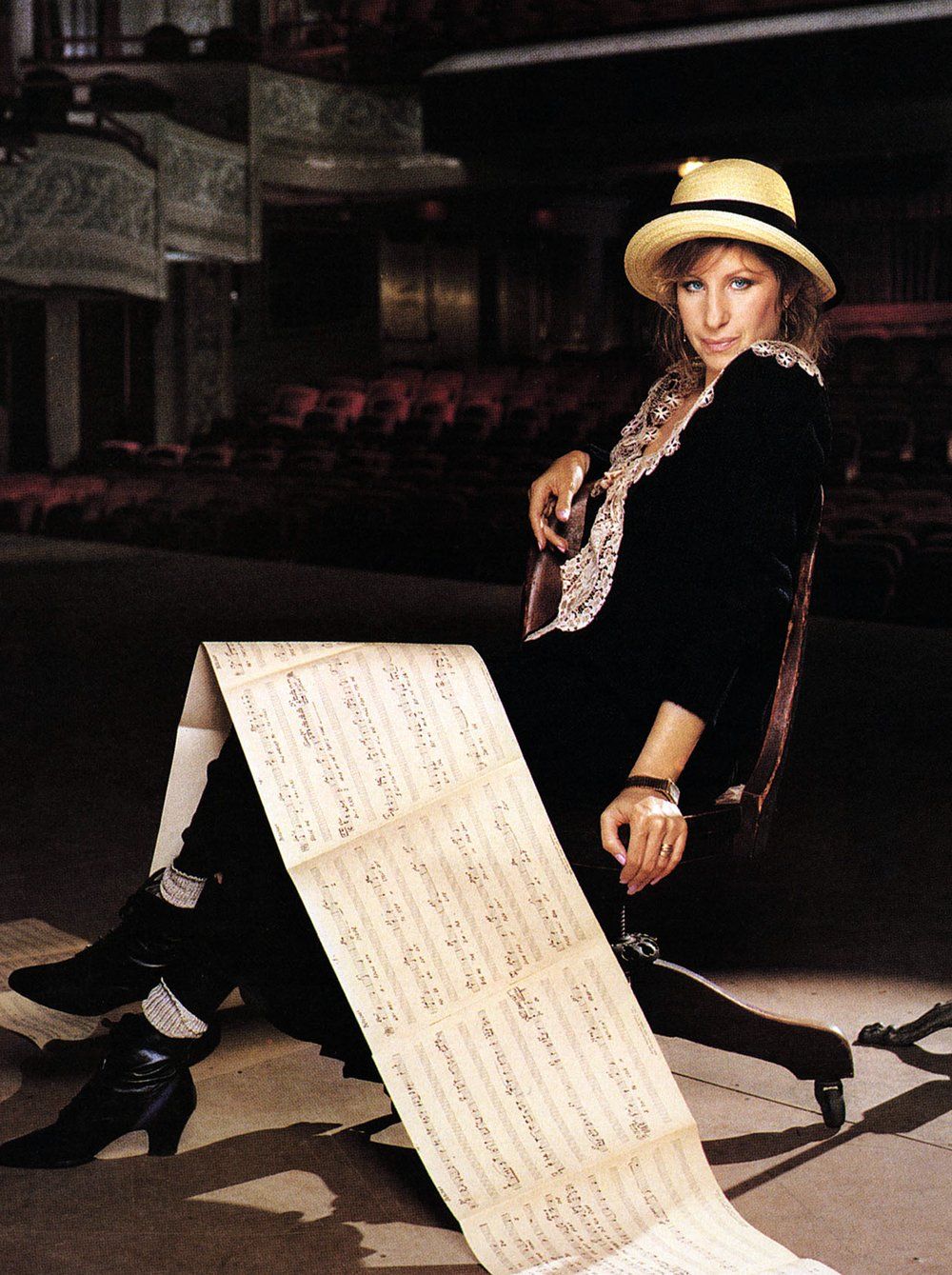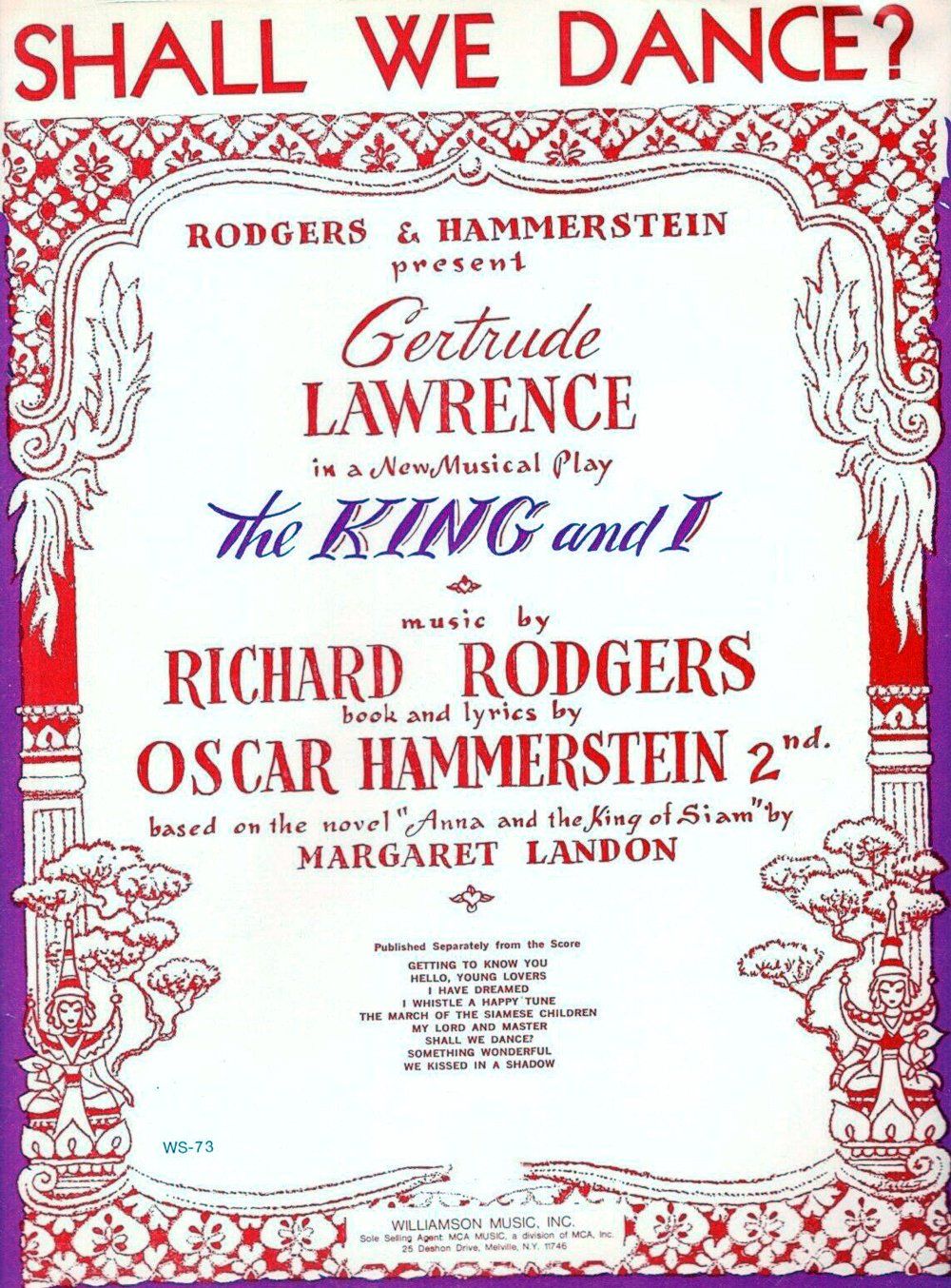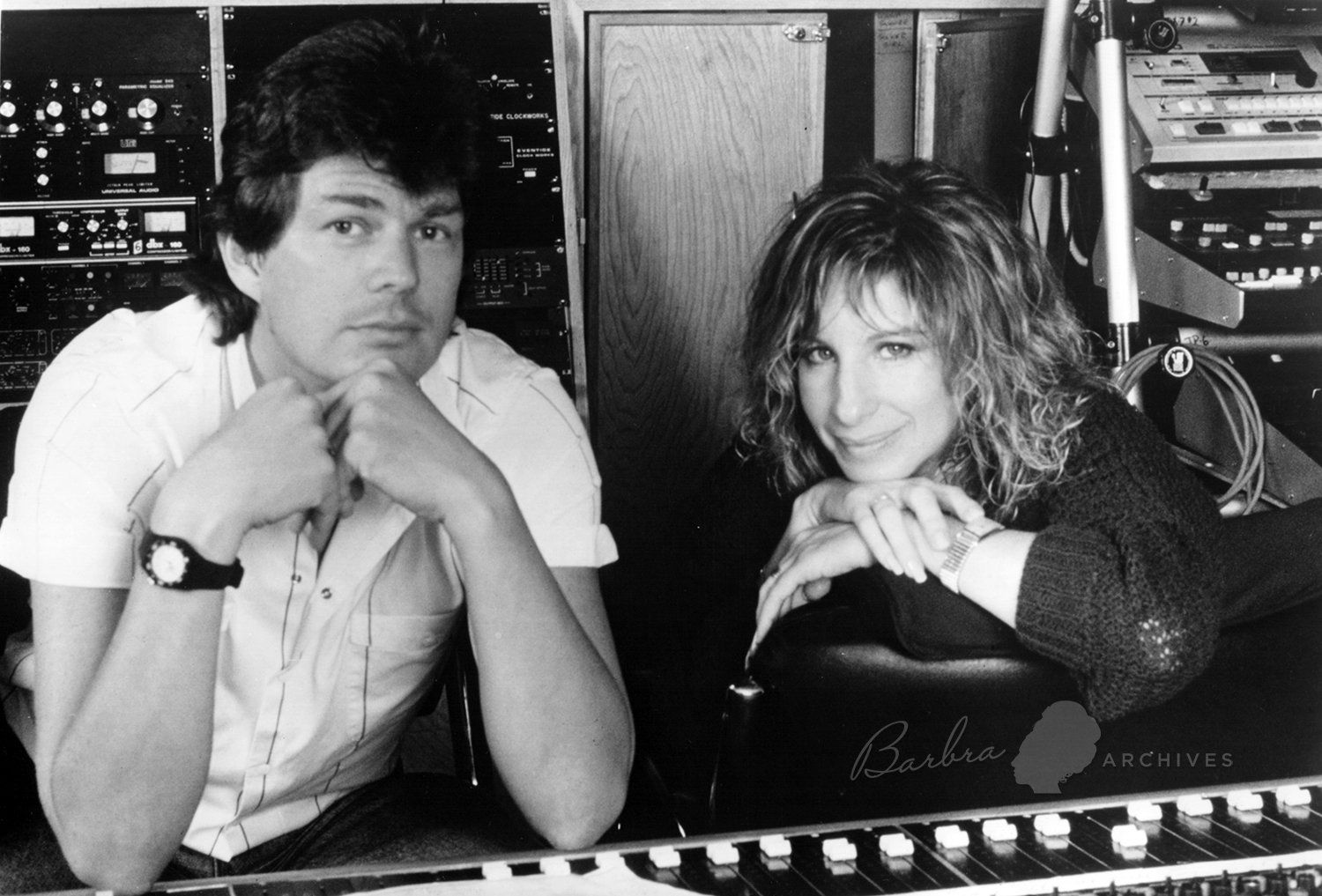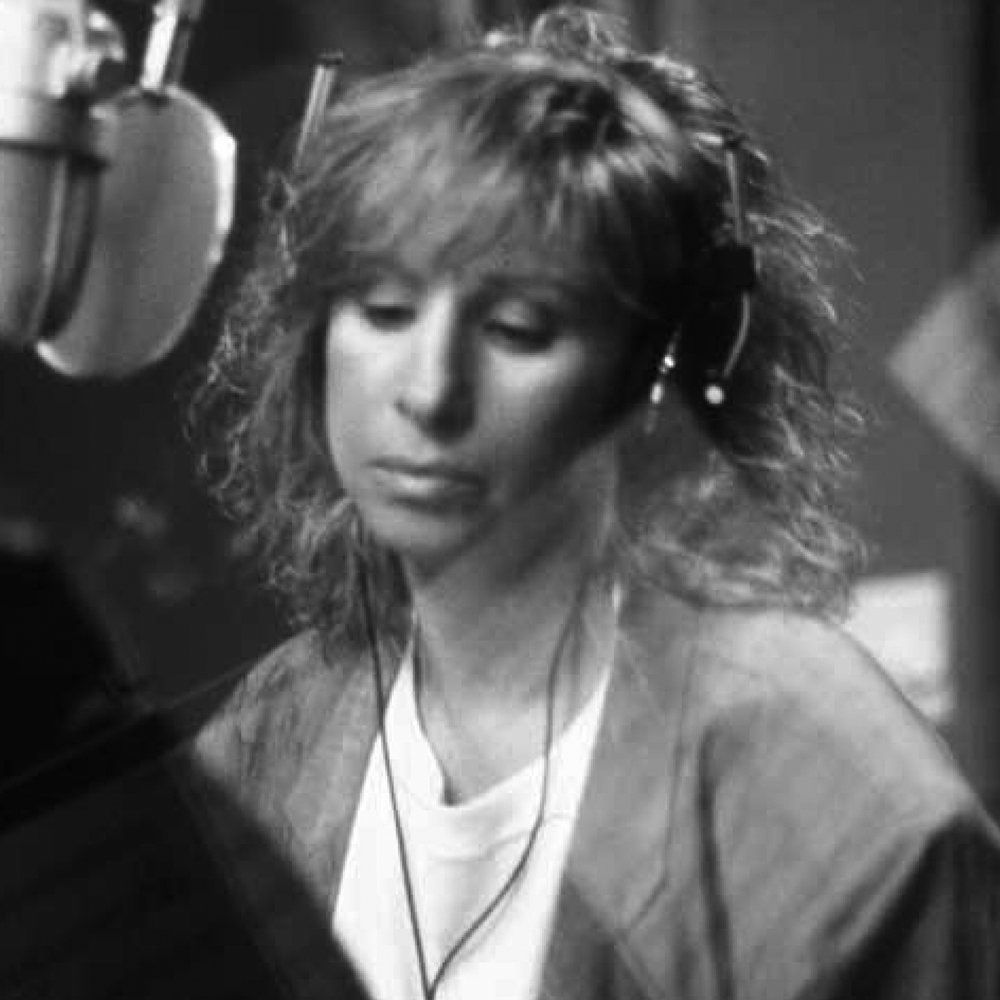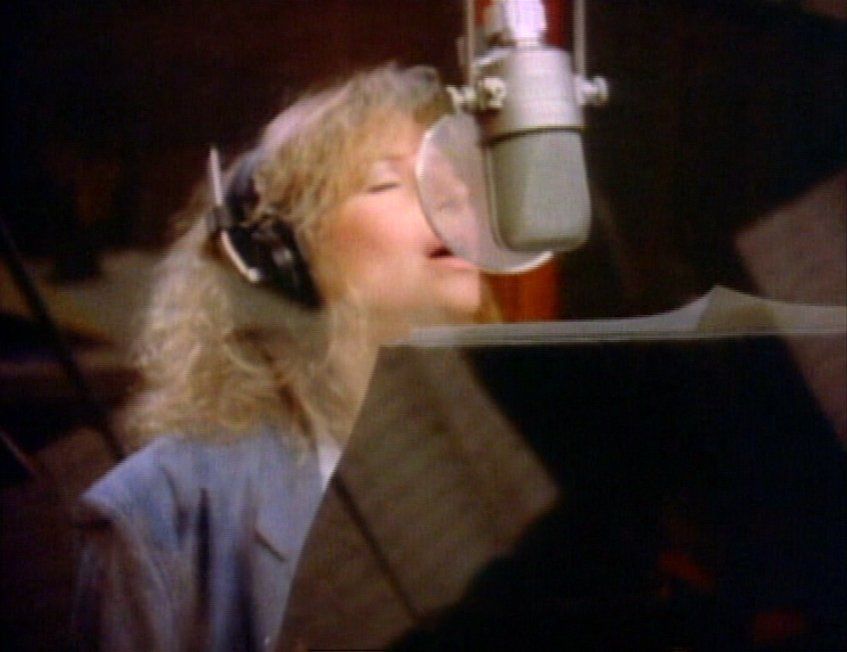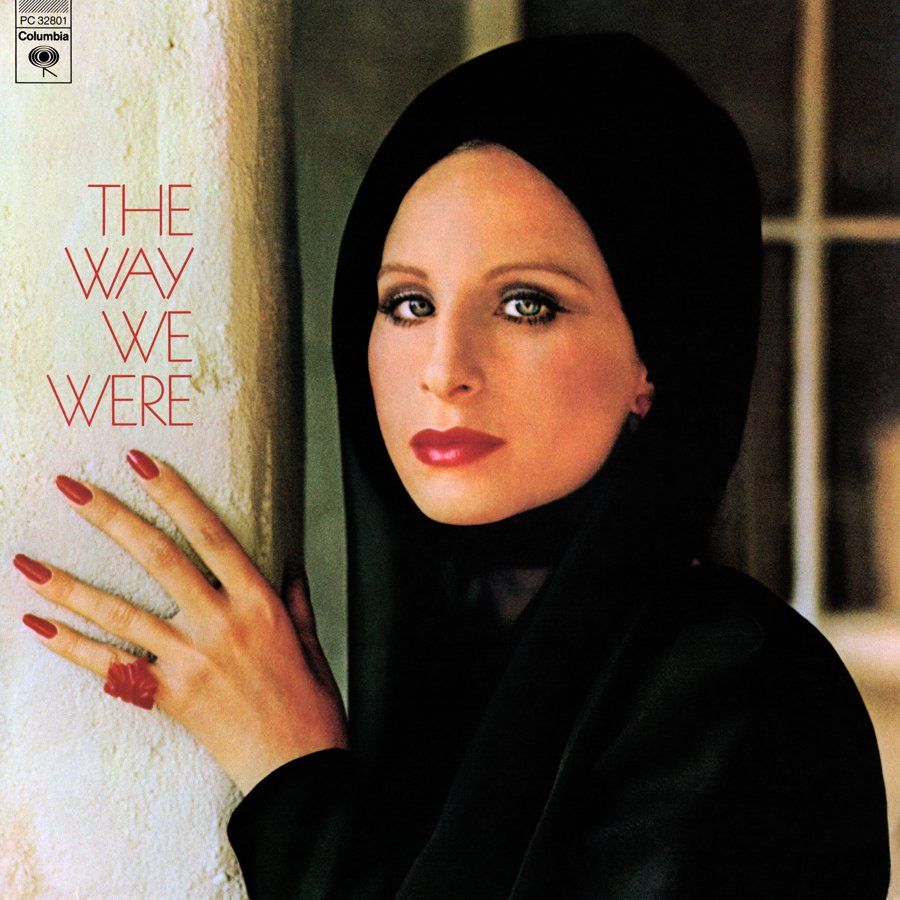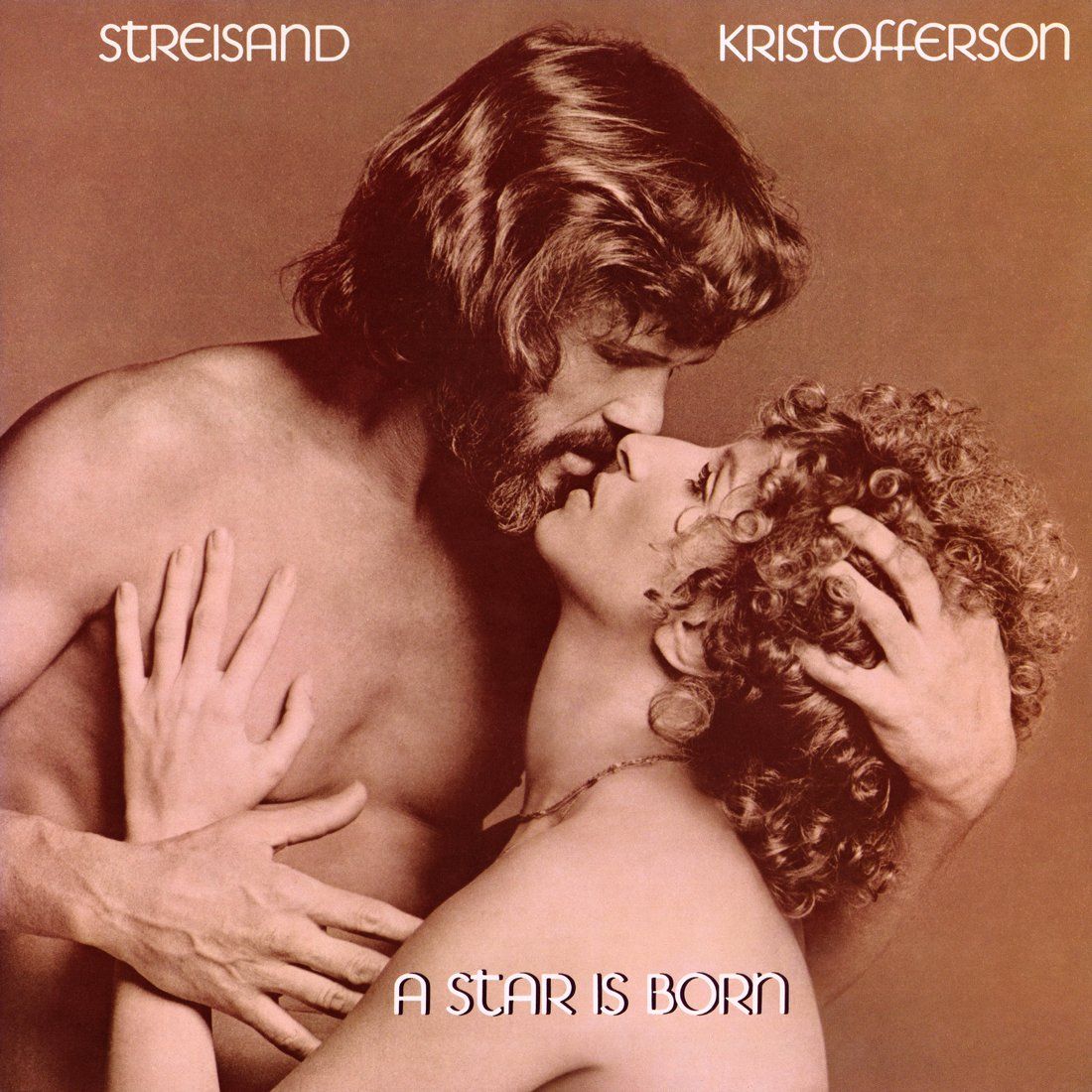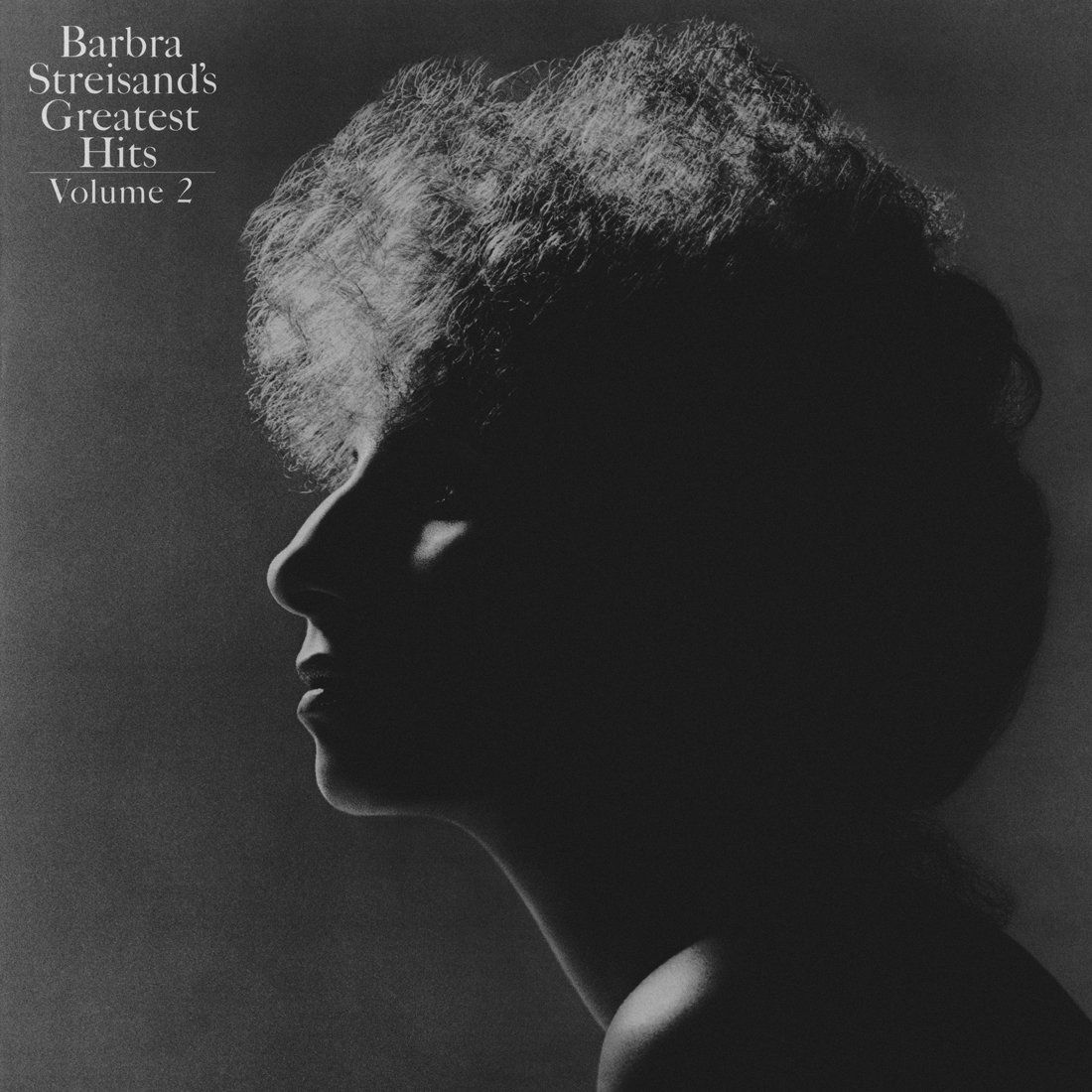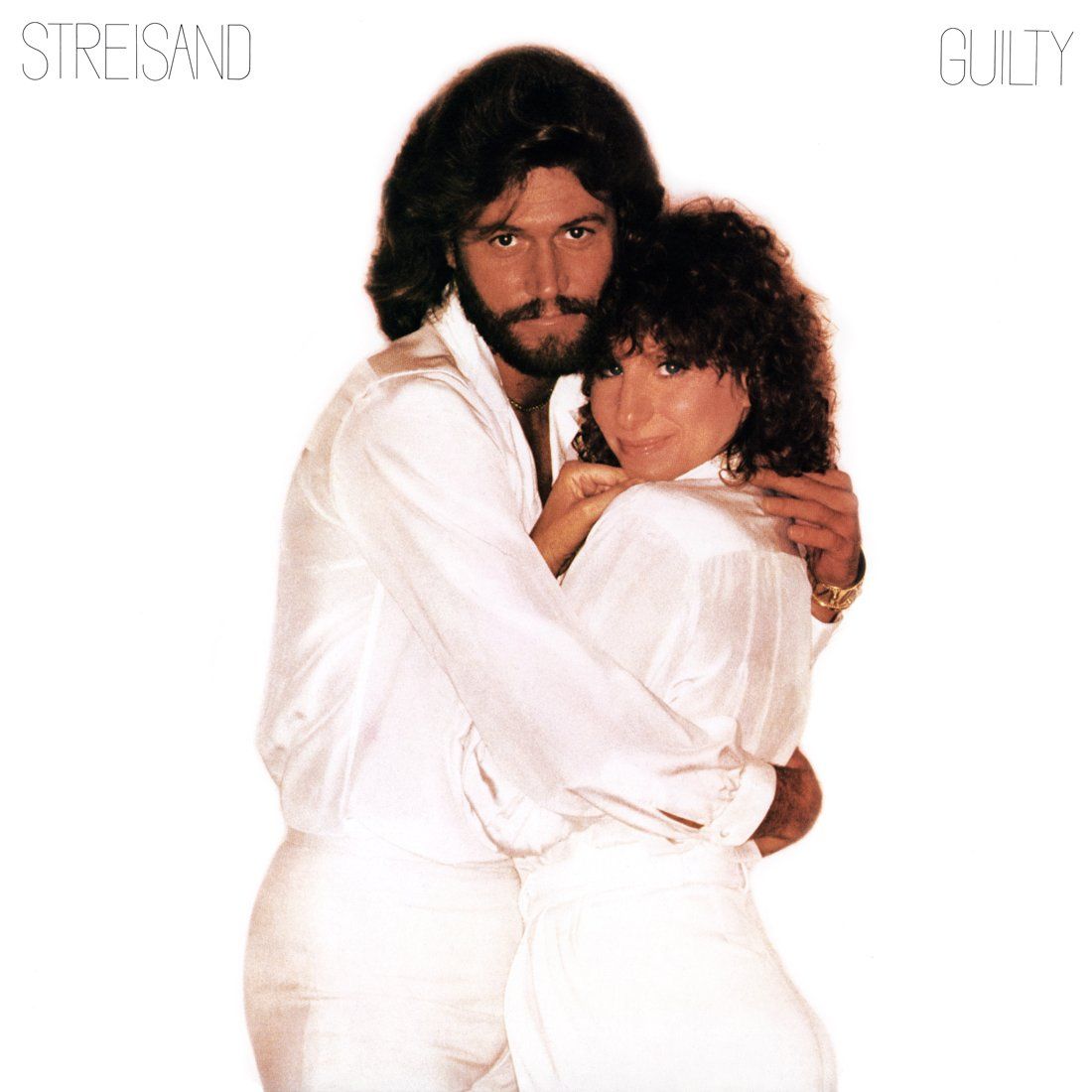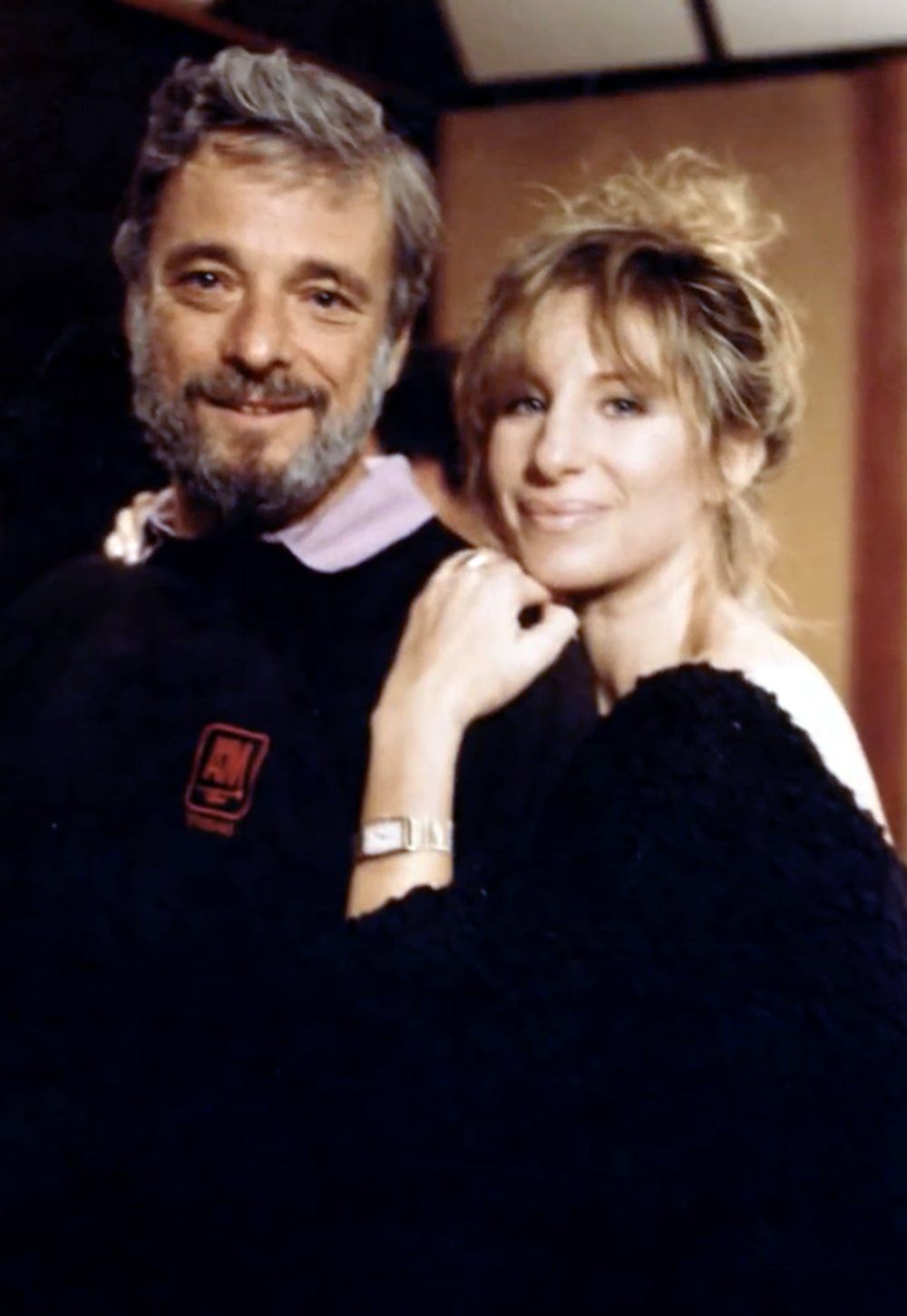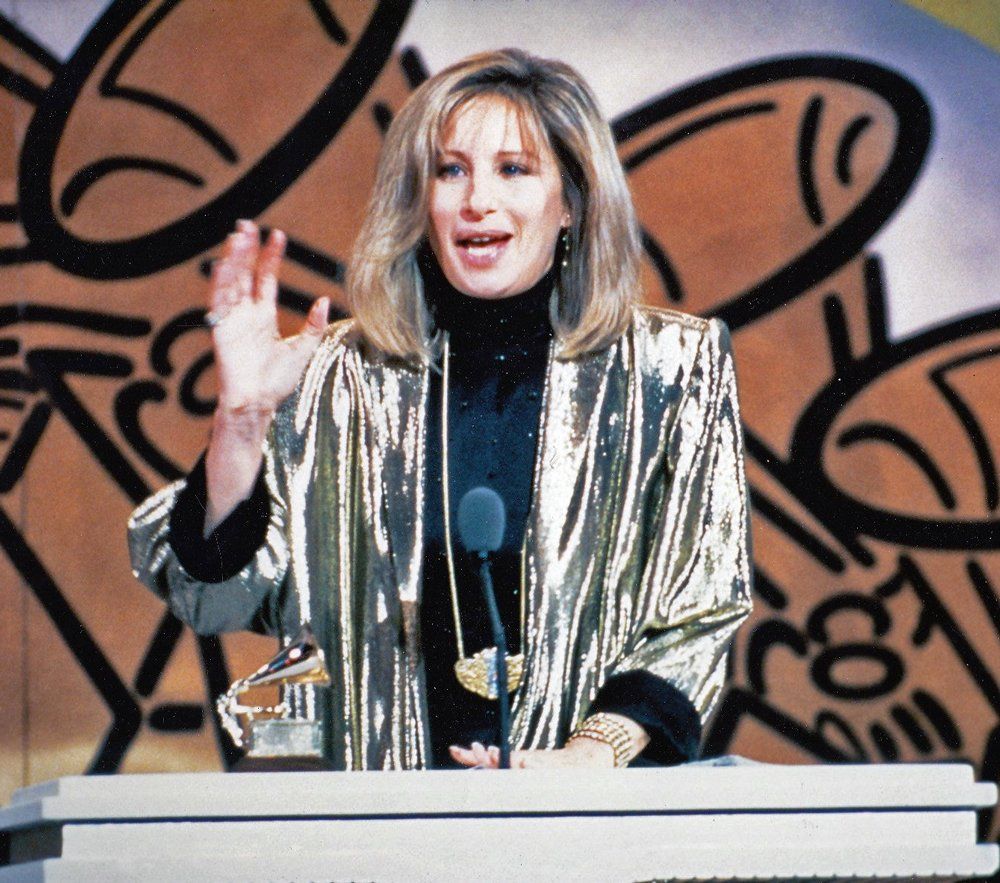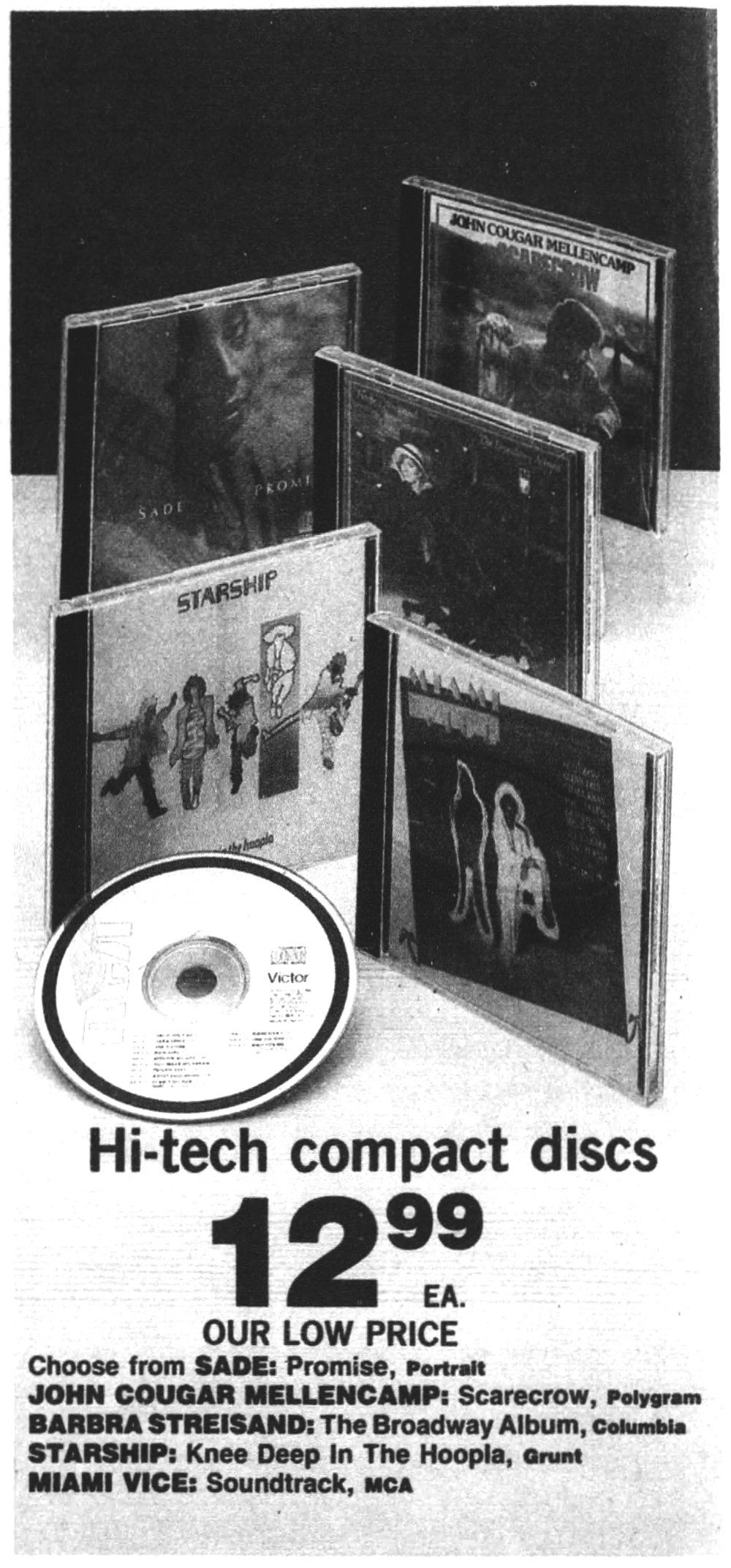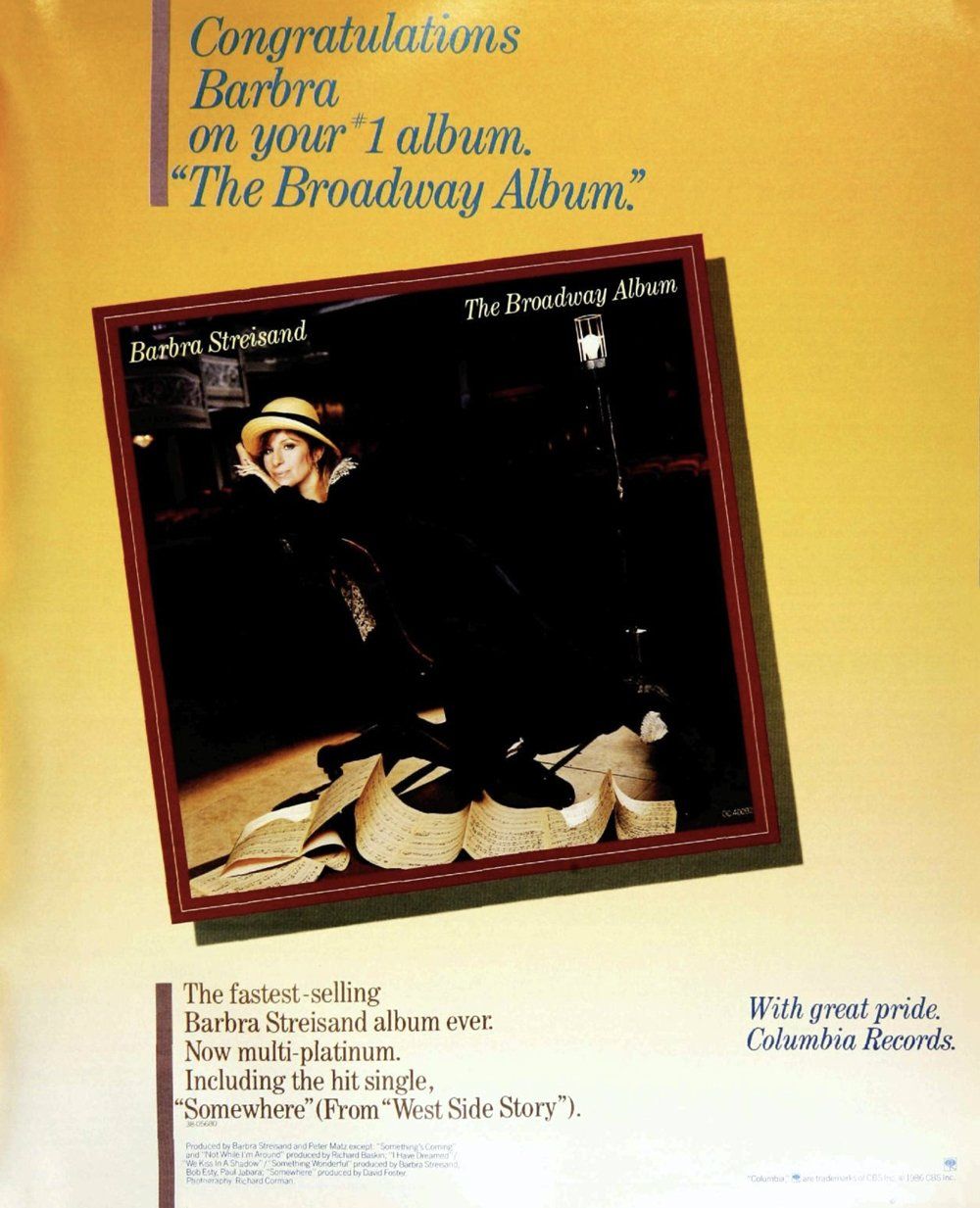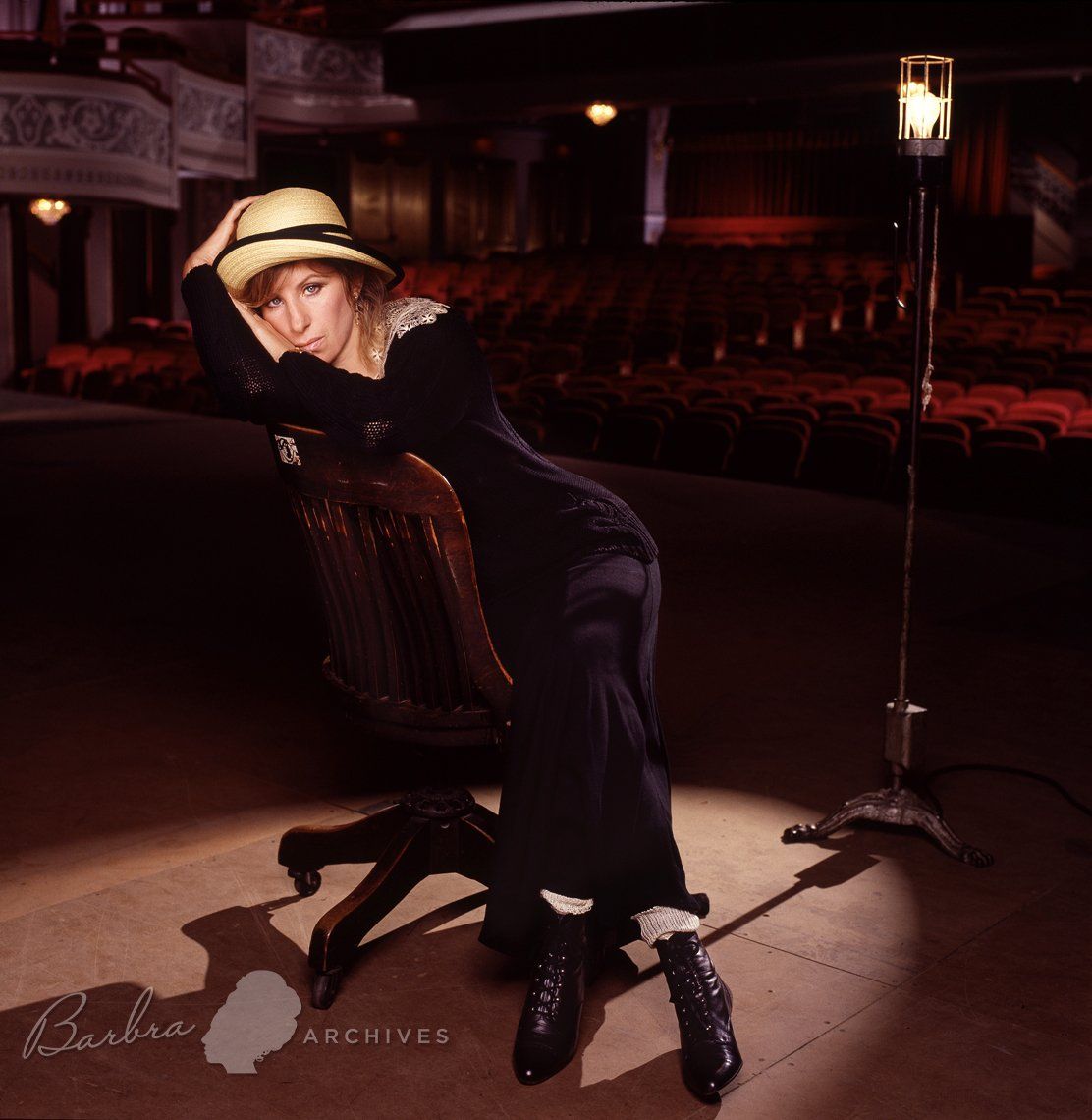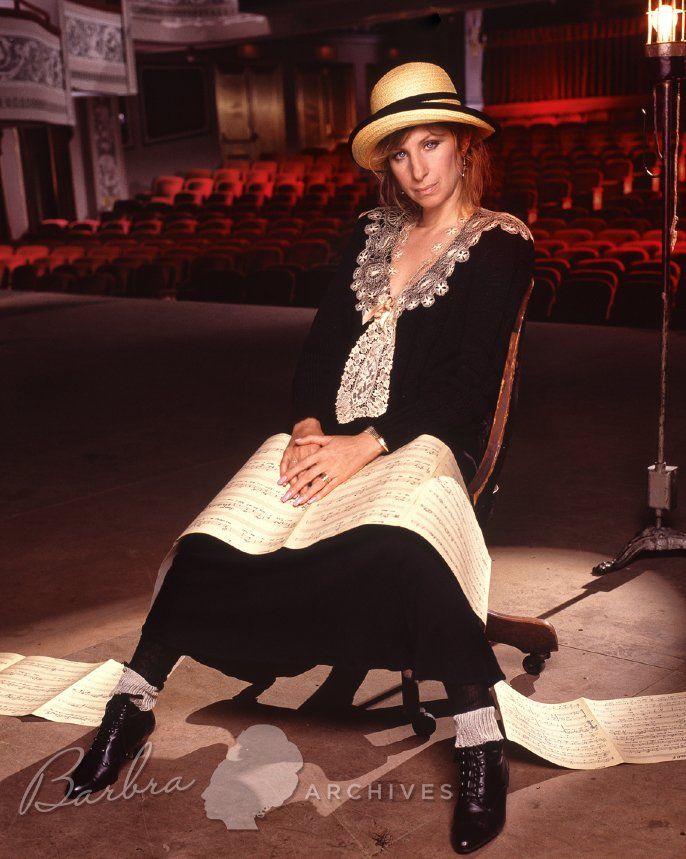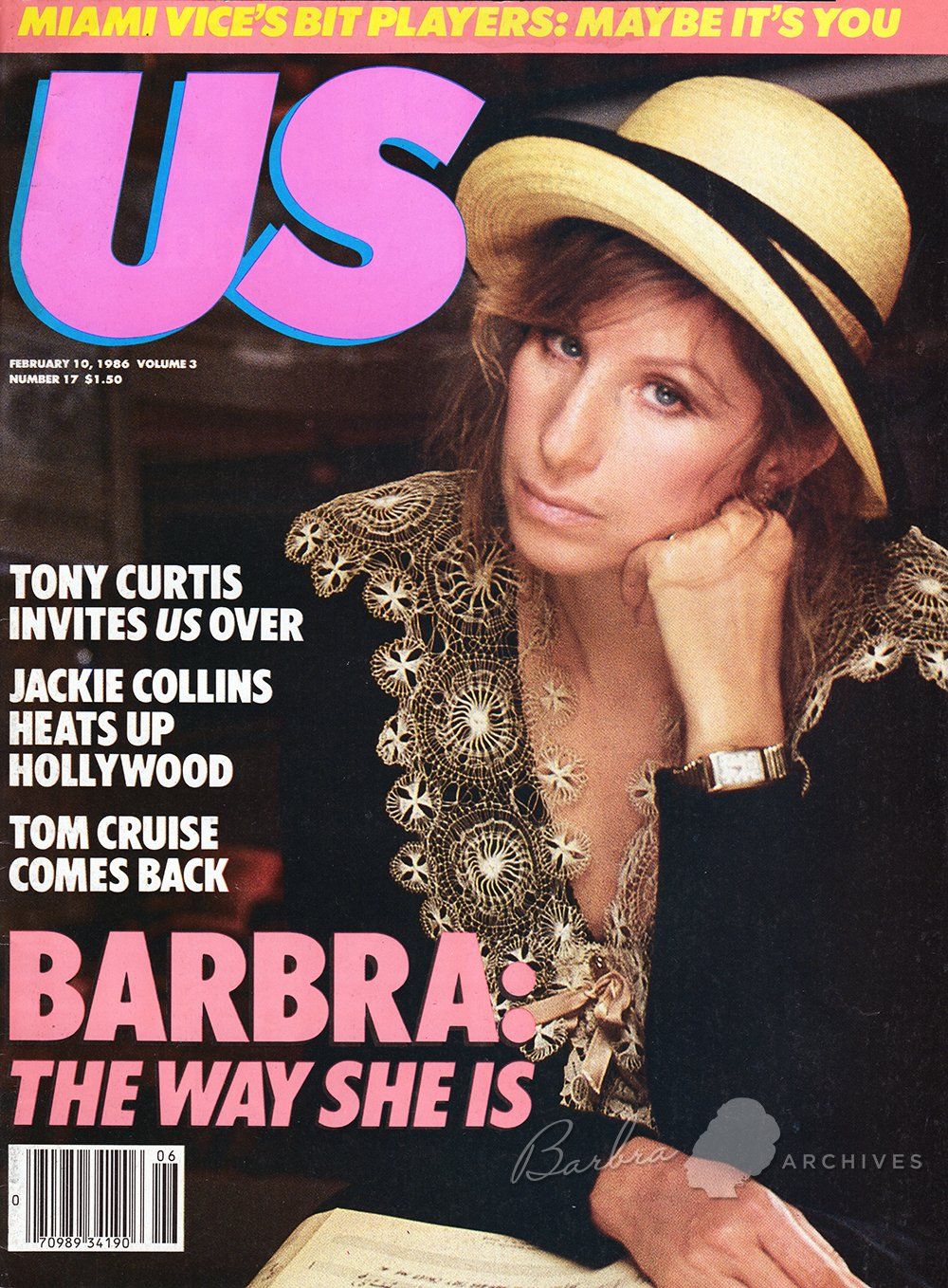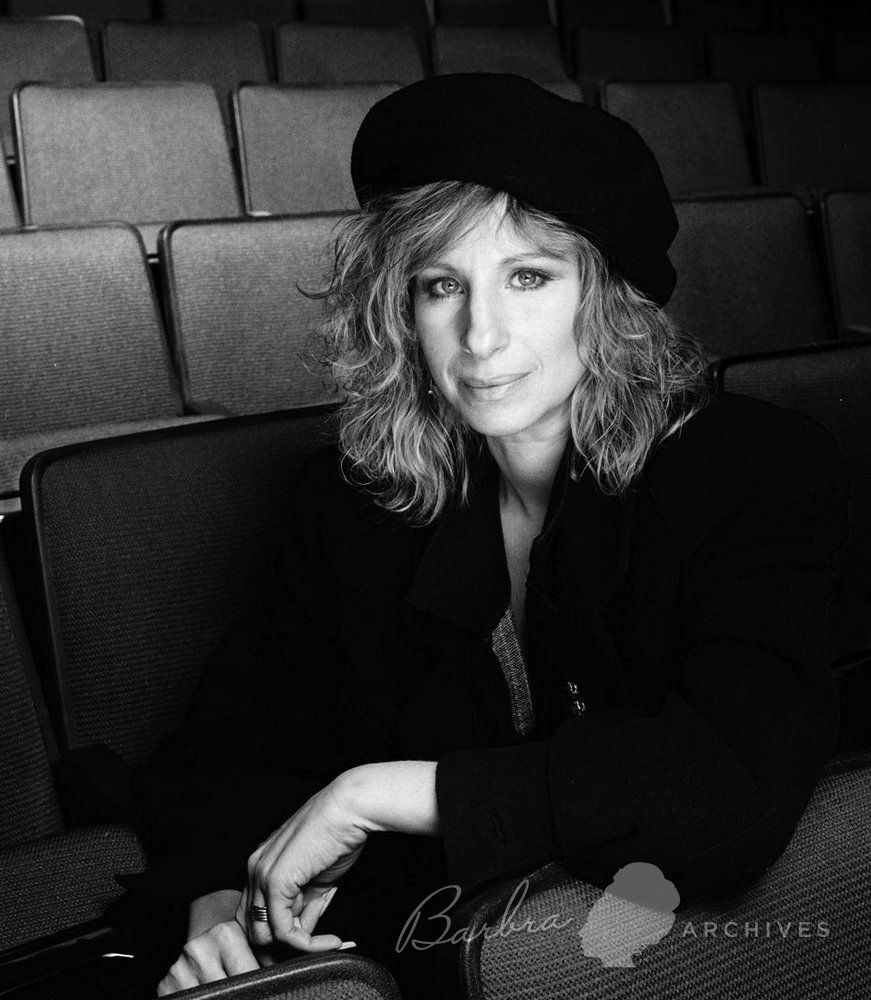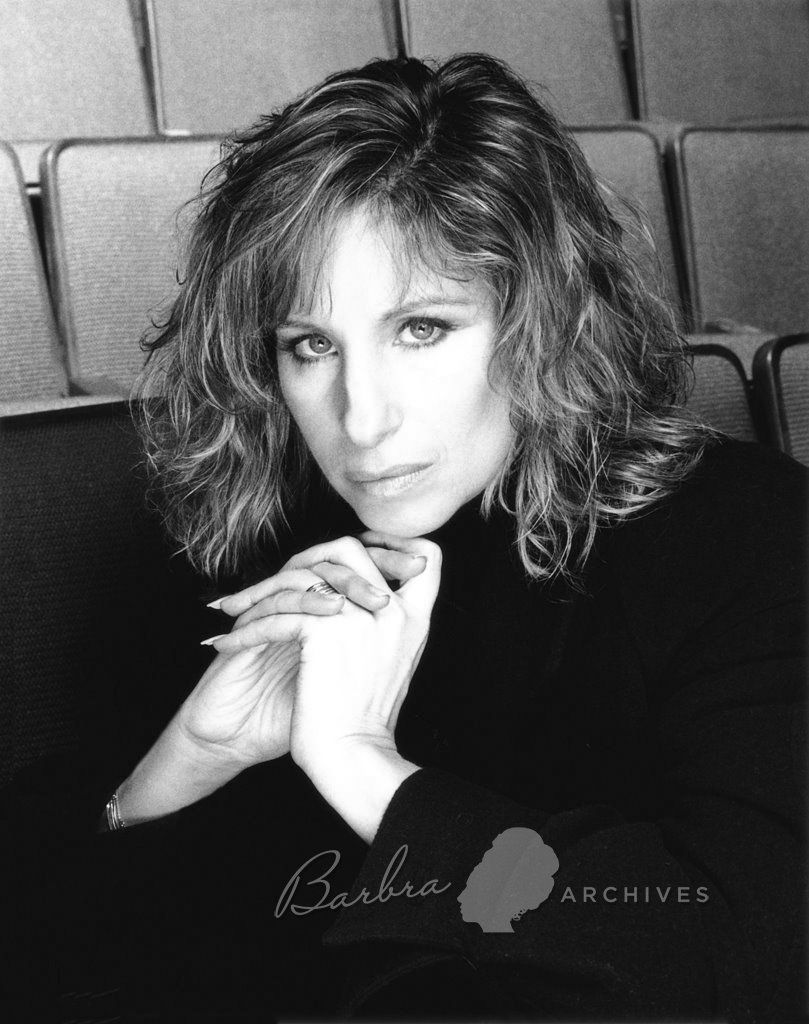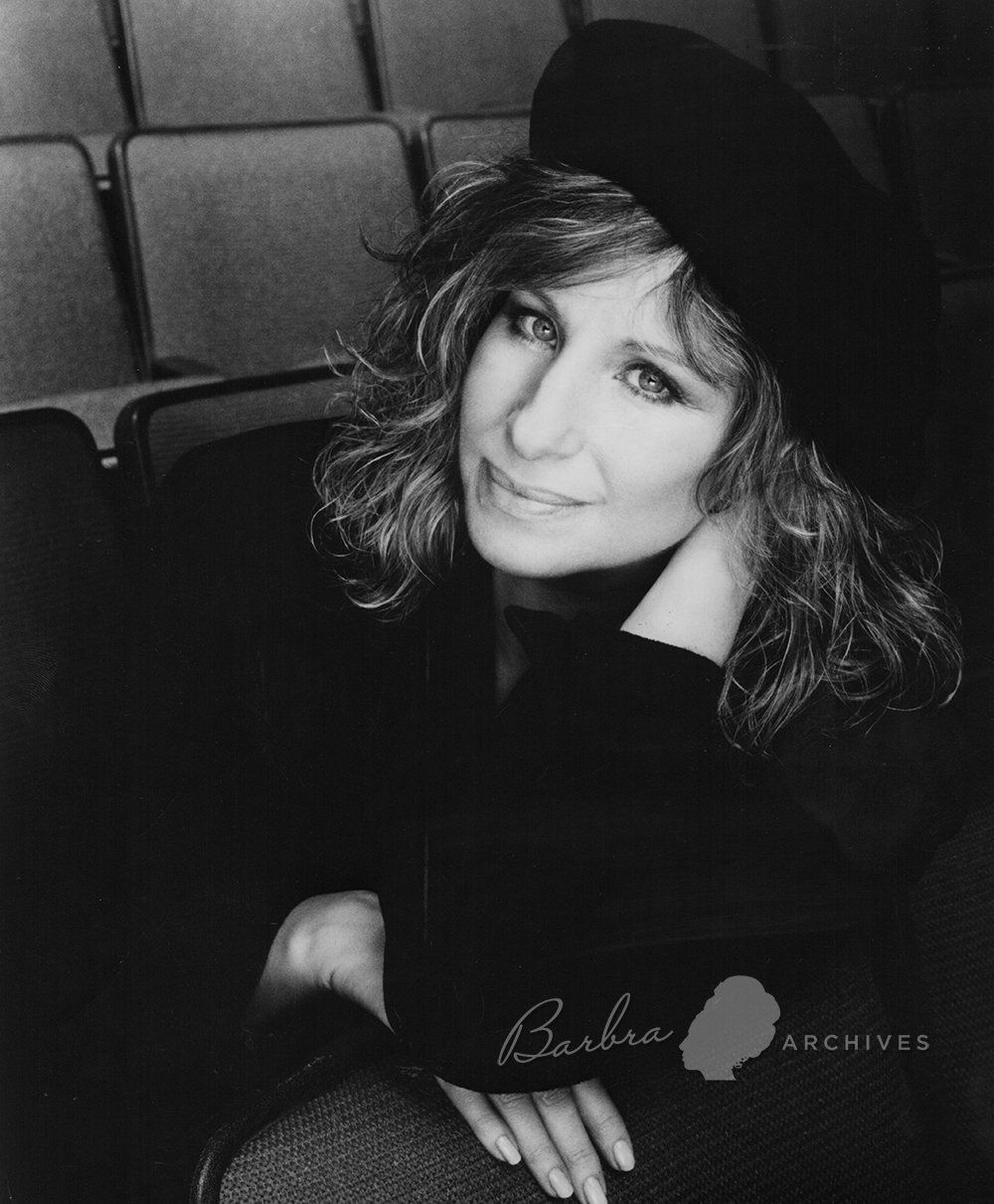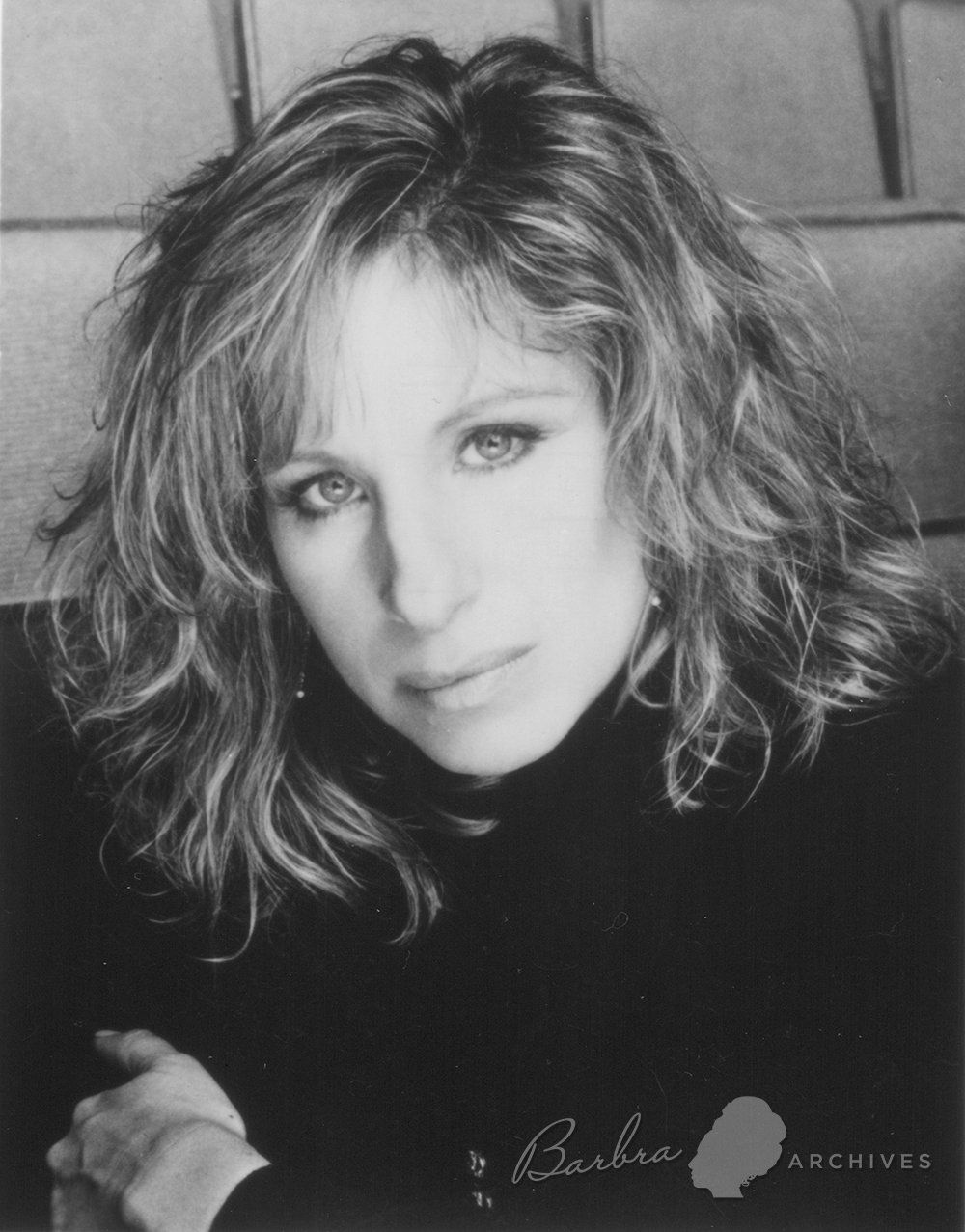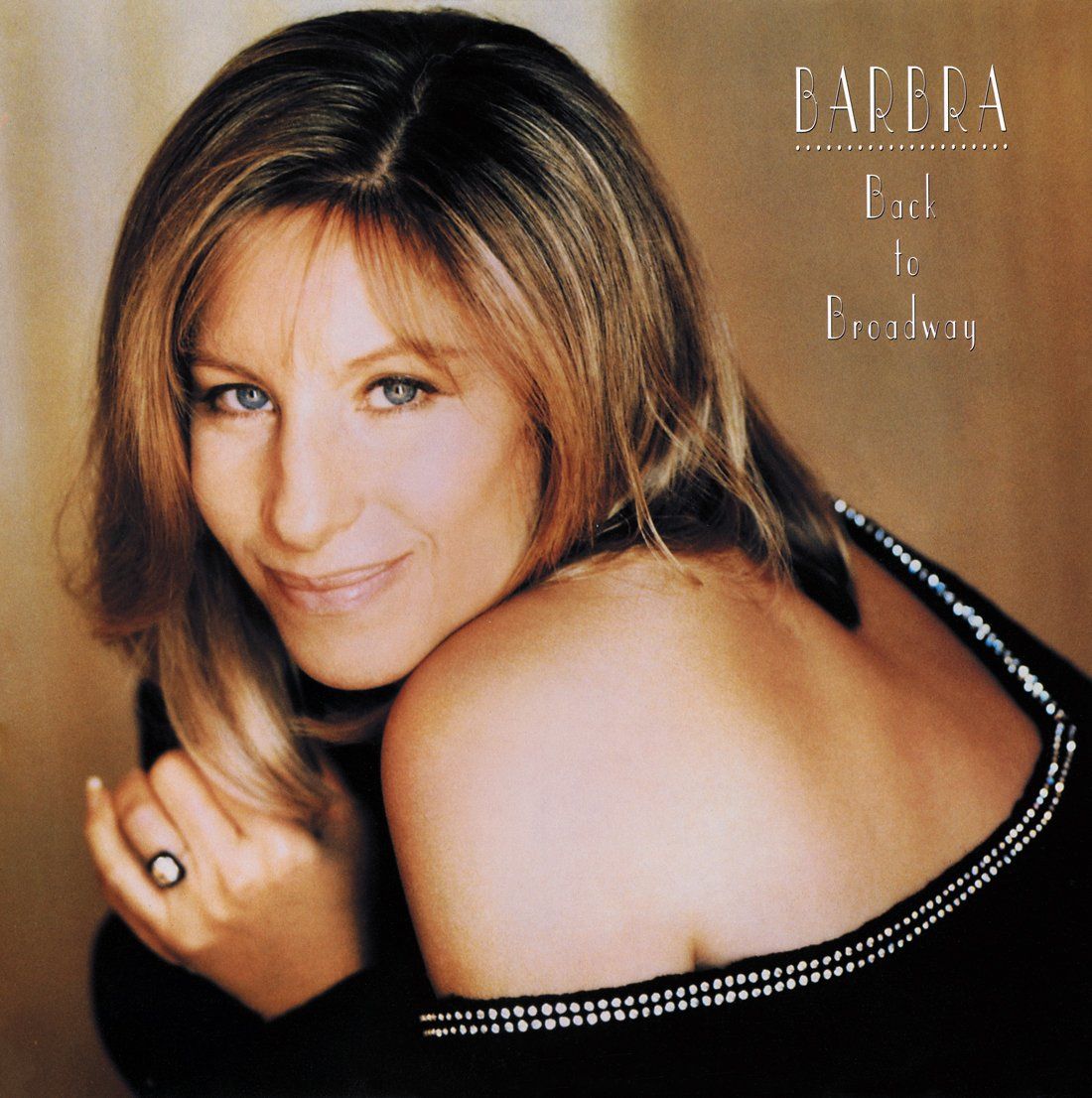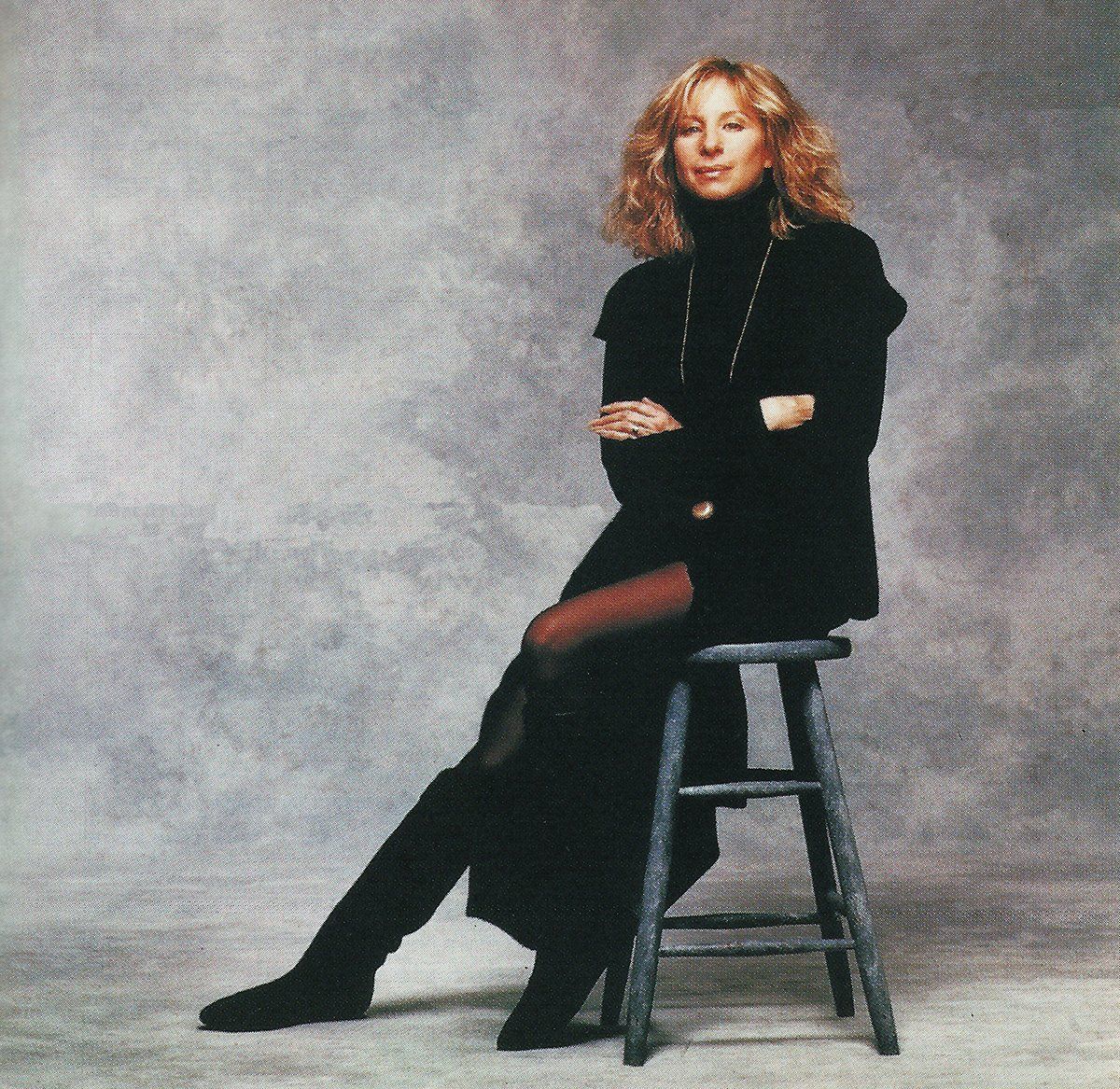“Anybody could have done the songs on Emotion as well as or better than I could have done them,” Barbra explained about her last pop album. “It was time to do something I truly believed in.”
Streisand told Stephen Holden, “Making Yentl wiped me out and left me with no drive for two years. But once I commit to a project, whether it's a record or a movie, I become so involved with every aspect that I become obsessed …. This is the music I love, it is where I came from, it is my roots.”
Peter Matz, the renowned musical director/arranger who worked on Streisand’s first few albums, recalled that Barbra mentioned the album to him in late 1984. “We were at her house at Christmas, and she said she was going to go ahead with the project,” Matz stated. “I always felt very strongly that she was right to do it and that it was a good idea.”
“It was her idea,” Sandy Gallin said. “The first big hit album that she had in many years. It was an absolute labor of love for her and for me.”
Gallin explained how he took over for Barbra’s longtime manager Marty Erlichman at this point in her career. “Jon Peters was [Barbra’s] boyfriend,” he said. “Jon Peters and [her movie agent] Sue Mengers got Barbra to fire Marty Erlichman. A horrible thing. Barbra said to me, ‘While I’m going through this transition, why don’t you manage me?’ And I was like, ‘Of course I’ll manage you!’”
Gallin took the next step by alerting Lee Solters (Streisand’s publicist) about the project in a memo:
Dear Lee,
Barbra and I are planning a very exciting project tentatively entitled “Barbra on Broadway.” The core of this project will be comprised of the following:
• Double album of Barbra singing the great Broadway show tunes.
• A live one-woman show at which the album will be recorded (possibly a charity affair with the tickets at $1000 each)
• The evening will be taped for pay-per-view cable sale.
• A program will be assembled for normal sale, i.e. HBO.
• The evening will be filmed for European theatrical release.
• Eventual further TV sale via syndication on network.
• Video cassette for commercial sale.
Since Barbra has not performed in 17 years, needless to say this will be a major event...
The plan to record the album in front of a live audience was ultimately abandoned (“Are you kidding?” Barbra said to Rod McKuen when he asked why she didn’t do it. “With the energy that would take I could do another movie.”)
Barbra did spend eight months recording seventeen songs. “I’ve been making lists for this album for a long time,” Barbra confessed. “I love the songs we recorded, and left out as many as those that made the final disc.”
Peter Matz explained the process that he and Streisand went through choosing songs for the album: “When I got into it last March or April [1985],” he said, “she had already been going through material. She had a piano player come over, and she’d do some songs. She had already weeded out a lot, and there was a strange, abstract shape to it by the time I got involved.”

